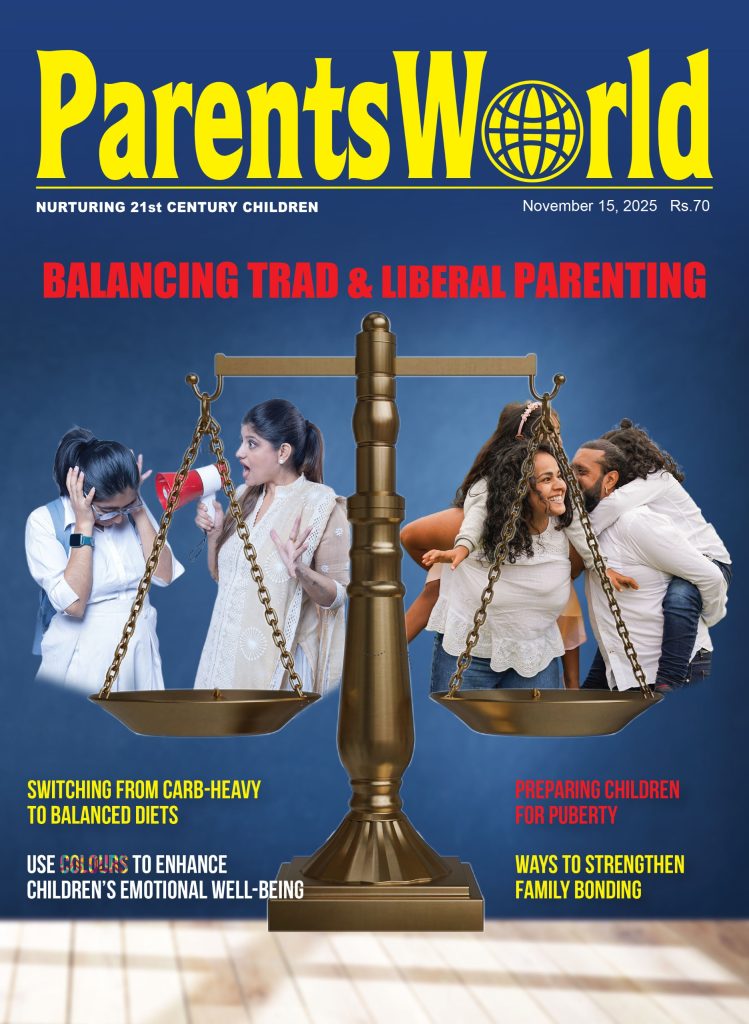Maharashtra: Teacher competence crisis
It doesn’t augur well for the future growth and prosperity of the western seaboard state of Maharashtra — India’s most industrialised state accounting for 20 percent of national industrial output — that less than 6 percent of candidates who have written the state’s teacher eligibility test (TET) — a prerequisite of being allowed to teach in government primary schools — have cleared the exam since its introduction in 2013. Of the 1.8 million graduates, including in-service teachers, who have written the five annual TETs held thus far, only 69,705 — a mere 3.8 percent have passed. It is pertinent to note a diploma in education (D.Ed), the basic government approved qualification for teachers, is a prerequisite of writing TET.
Under s.23 (1) of the Right of Children to Free and Compulsory Education (RTE) Act, 2009, any duly authorised “academic authority” can prescribe the minimum qualifications for (school) teachers. Accordingly, the Maharashtra State Council of Educational Research and Training (MSCERT) introduced TET in 2013 and made it mandatory for aspirational and in-service teachers in the state’s 84,050 rural (zilla parishad), urban (including municipal) and private aided schools in which teachers’ salaries are paid by the state government. TET question papers are set by MSCERT and the examination is conducted by the Pune-based Maharashtra State Council of Examinations (MSCE).
TET comprises two question papers: paper I for lower primary classes I-V and paper II for upper primary (VI-VIII) teachers with candidates required to answer 150 multiple-choice questions covering child development and pedagogy, languages, mathematics, environmental studies, science and social sciences. The pass percentage for open category candidates is 60 percent (90 marks) while for various reserved category candidates it’s 55 percent (83 marks).
Ironically, despite all in-service and aspiring teachers having cleared D.Ed, they have consistently fared poorly in both TET papers over the years. A mere 1 percent of the 260,629 and 191,370 candidates who wrote TET 2014 and 2015 exams passed paper I. In 2017, only 2.29 percent of the 127,727 candidates cleared paper II.
This data has evidently unnerved the state’s 542,000 government school teachers, all of whom are obliged to clear their TET exams in three attempts or face dismissal as per two warnings issued by the state’s education ministry in June and November last year. While aspiring teachers who complete their D.Ed course typically have a seven-year time window (under s.23 (2)) to clear TET, the state government which spends almost 80 percent of its education budget of Rs.56,854 crore (2018-19) on teacher salaries, has finally decided to bite the bullet and has directed schools to terminate the services of non-TET teachers or bear the burden of their remuneration.
Confronted with abysmal TET pass percentages and the prospect of mass dismissal of their members, teacher associations have been quick to ascribe poor TET results to faulty evaluation, lack of reference books, papers being set beyond the scope of the state board syllabus and error-riddled question papers. These charges are not unwarranted. In the TET exam of January 19 written by 3.43 lakh aspirants, the child psychology paper written in Marathi was peppered with 40 spelling mistakes and options were not provided for some multiple choice questions.
With images of error-filled TET papers going viral on social media, MSCE has set up a committee to verify complaints and compensate candidates, if there’s substance in them. However, it denies there’s a need to identify reasons behind the consistently poor pass percentages. “There is no truth in question papers being set beyond the state board syllabus as the paper is set by the MSCERT and 120 of the 150 questions can be solved by class VIII students. Most teachers don’t write papers seriously. This is why they fail,” says an official who preferred to remain anonymous.
Be that as it may, there’s no dearth of evidence that children are paying the price of poorly qualified, incompetent teachers. Almost every report on K-12 education in Maharashtra highlights poor learning outcomes. According to the Annual Status of Education Report (Rural) 2018, released on January 15, 2019 by Delhi-based non-profit organisation Pratham, almost 20 percent of class VIII children cannot read class II textbooks.
Unfortunately, while teachers and officials are blaming each other, scant attention is being paid to the quality of education that teachers, who find it difficult to pass exams which their better self-taught students can clear with ease, are dispensing to children statewide.
Dipta Joshi (Mumbai)

















Add comment